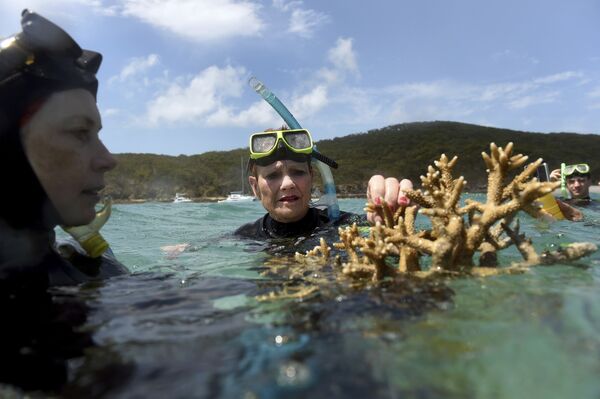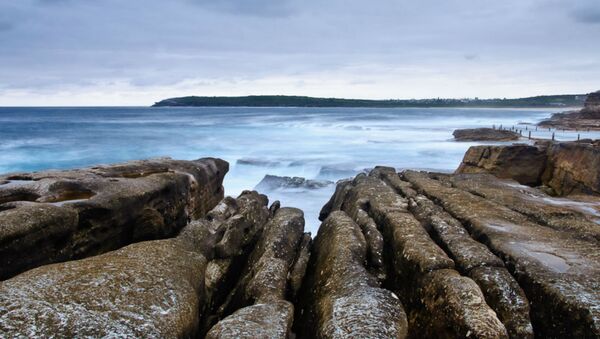A vast raft of floating volcanic rock that appeared in the Pacific Ocean a few months ago and generated speculations as to what might have caused it has now been traced to its origin, according to a study published in the Journal of Volcanology and Geothermal Research.
Over 10 million cubic meters of pumice formed a giant raft in S Pacific after a volcanic eruption in Aug, measuring ~150 km sq - larger than Manhattan! Guided by the UAVs (Unmanned Aerial Vehicles), the team tracked down remnants of the pumice raft. More:https://t.co/Wmxck8a5gV pic.twitter.com/5UTTtnH8PC
— Schmidt Ocean (@SchmidtOcean) December 11, 2019
Dubbed the “pumice raft”, the huge floating object was produced by the eruption of an underwater volcano 50 kilometres (31 miles) off the coast of the Tongan island of Vava'u. That location corresponds to where the raft was spotted in satellite imagery back in August.
It was satellite imagery that helped an international team of geologists identify the source of the floating rock, which they detailed in the study paper entitled “The 6–8 Aug 2019 eruption of ‘Volcano F’ in the Tofua Arc, Tonga”.
On 6 August, ESA's Sentinel-2 satellite captured two clear circular eruption plumes on the surface of the ocean.
These smoke rings were located right above a submarine volcano on the Tofua volcanic arc.
The previously unnamed volcano has now been named Volcano F by scientists.
The team also collected data from seismic monitoring stations, which measure movements in Earth's crust, as volcanic activity is usually accompanied by seismic activity.
"Unfortunately, the density of such stations in the region is very low," said geologist Philipp Brandl of GEOMAR - Helmholtz Centre for Ocean Research Kiel in Germany.
"There were only two stations that recorded seismic signals of a volcanic eruption. However, their data is consistent with Volcano F as the origin."
The rock is itself is a highly porous, low-density stone called pumice, created during volcanic eruptions, when extremely hot, molten rock is spewed from a volcano, and then rapidly cooled and depressurised.
The lava captures bubbles of volcanic gas as it cools. Because pumice has a lower density than water, it floats.
The pumice raft produced by Volcano F initially spanned 136.7 square kilometres.
In an exciting piece of news for marine scientists, currently the raft is drifting towards the north-eastern coast of Australia, home to the Great Barrier Reef.

The raft is likely to seed the reef with new life, picked up in its travels.
"Based on past pumice raft events we have studied over the last 20 years, it's going to bring new healthy corals and other reef dwellers to the Great Barrier Reef," geologist Scott Bryan of the Queensland University of Technology was quoted as saying back in August.
The debris from this year's eruption of Volcano F is expected to arrive at the Great Barrier Reef in late January and early February.
Because of its active nature and apparent importance to marine ecology, Volcano F warrants further scientific attention, claim researchers, hoping to collect some fascinating samples to study the geochemistry of the pumice as the raft reaches its destination.



